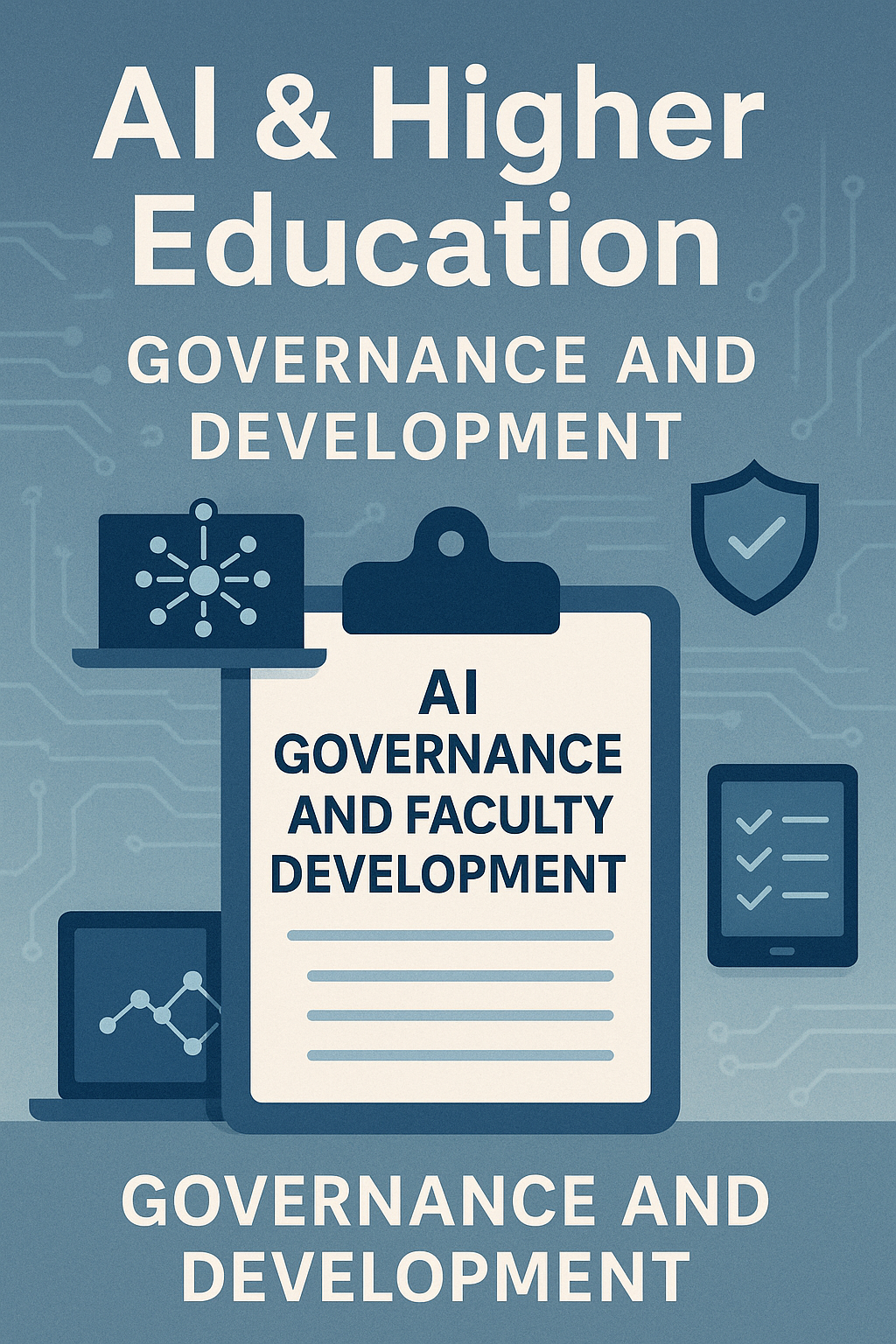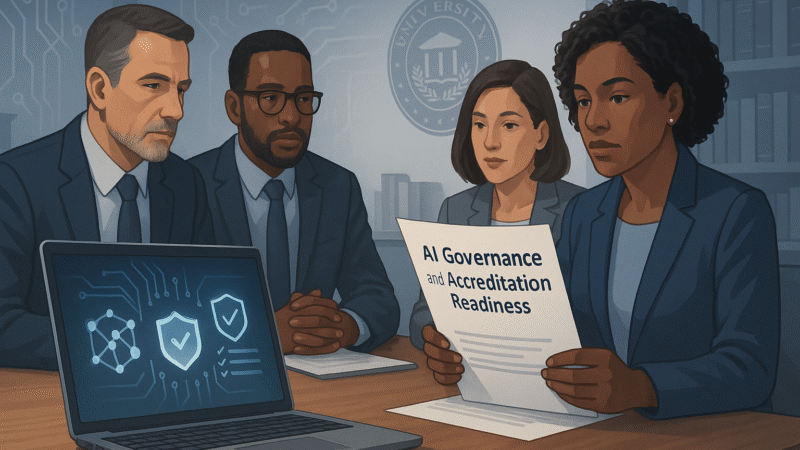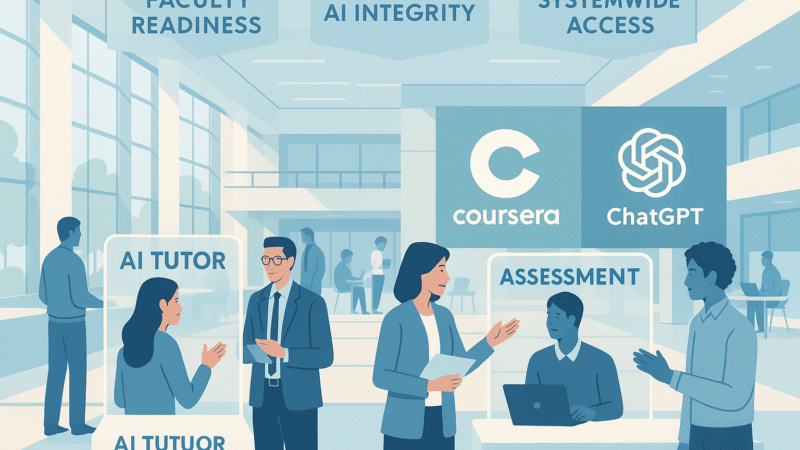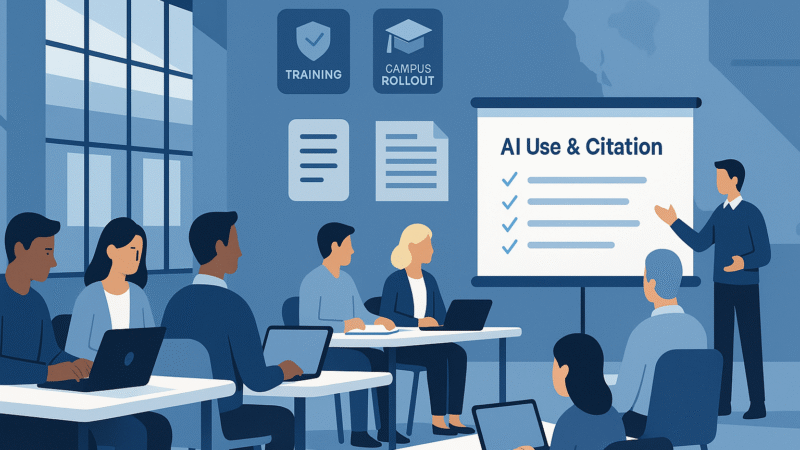This week’s AI & Higher-Education Global Brief explores how universities are moving from experimentation to accountability. Featured research highlights a growing demand for governance frameworks that balance innovation with integrity. From faculty readiness and AI-tool adoption to student writing and accreditation reform, the focus is shifting toward strategy, not novelty. Institutions are now being called to demonstrate measurable responsibility in how AI shapes teaching, learning, and policy—signaling a defining moment for higher education’s digital maturity.
Tag: faculty development
The AI conversation in higher education has shifted from what’s possible to what’s provable. Institutions are no longer praised for experimentation—they’re being measured by how well they govern it. This week’s strongest studies and policy reports show universities confronting a…
AI in higher education has shifted from novelty to obligation. This week’s brief spotlights accreditation and accountability: C-RAC’s sector-wide AI statement, UNESCO’s governance training, and concrete campus actions and research tools. The message is clear—institutions must evidence ethical use, faculty readiness, and data integrity to sustain credibility.
AI is no longer an experiment—it’s infrastructure. This week’s brief spotlights systemwide adoption across higher education, from California’s historic AI tutoring rollout to Coursera’s integration inside ChatGPT. Faculty now stand at the center of this transition: success depends not on the platforms themselves but on the readiness, reflection, and integrity guiding their use. Policy compliance, faculty capacity, and platform governance define this next phase of intelligent learning.
Universities are moving beyond pilots to embed AI literacy, governance, and infrastructure at scale. Faculty training programs and bold initiatives like Ohio State’s AI fluency mandate show how higher education is treating AI not as an add-on, but as a core academic competency.
As AI moves from pilot projects into everyday tools, real progress depends on faculty capacity. This piece centers instructors co-designing rubrics, syllabus policies, and course workflows—paired with LMS/Workspace integrations and emerging research infrastructure—so platforms amplify learning, integrity, and scholarship rather than replace human judgment.
AI on campus shifted from trial runs to infrastructure. California institutions get free training from Google and Microsoft, Indiana University enables ChatGPT Edu for 120,000 users, and colleges push for clear rules, disclosure, and data safeguards. Plus Latam-GPT for regional access and Pearson study tools at scale.







